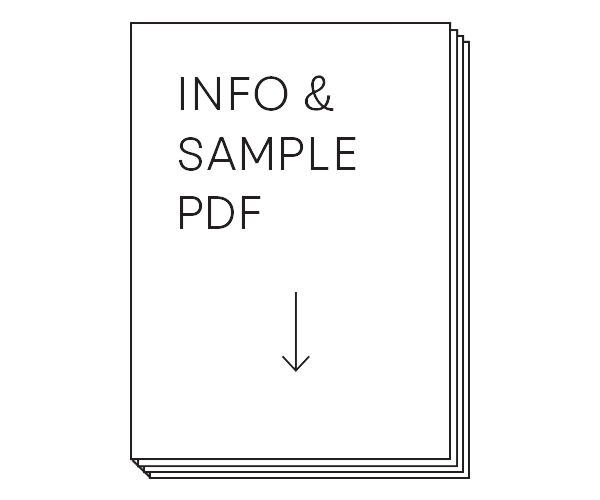ABCDEFGHIJKLMNOPQRSTUVWXYZ abcdefghijklmnopqrstuvwxyz
& (Ää Éé Øø) {@©®} [!?“”«»*] ←
ABCDEFGHIJKLMNOPQRSTUVWXYZ abcdefghijklmnopqrstuvwxyz
& (Ää Éé Øø) {@©®} [!?“”«»*] ←
ABCDEFGHIJKLMNOPQRSTUVWXYZ abcdefghijklmnopqrstuvwxyz
& (Ää Éé Øø) {@©®} [!?“”«»*] ←
ABCDEFGHIJKLMNOPQRSTUVWXYZ abcdefghijklmnopqrstuvwxyz
& (Ää Éé Øø) {@©®} [!?“”«»*] ←
ABCDEFGHIJKLMNOPQRSTUVWXYZ abcdefghijklmnopqrstuvwxyz
& (Ää Éé Øø) {@©®} [!?“”«»*] ←
ABCDEFGHIJKLMNOPQRSTUVWXYZ abcdefghijklmnopqrstuvwxyz
& (Ää Éé Øø) {@©®} [!?“”«»*] ←
ABCDEFGHIJKLMNOPQRSTUVWXYZ abcdefghijklmnopqrstuvwxyz
& (Ää Éé Øø) {@©®} [!?“”«»*] ←
ABCDEFGHIJKLMNOPQRSTUVWXYZ abcdefghijklmnopqrstuvwxyz
& (Ää Éé Øø) {@©®} [!?“”«»*] ←
ABCDEFGHIJKLMNOPQRSTUVWXYZ abcdefghijklmnopqrstuvwxyz
& (Ää Éé Øø) {@©®} [!?“”«»*] ←
ABCDEFGHIJKLMNOPQRSTUVWXYZ abcdefghijklmnopqrstuvwxyz
& (Ää Éé Øø) {@©®} [!?“”«»*] ←
ABCDEFGHIJKLMNOPQRSTUVWXYZ abcdefghijklmnopqrstuvwxyz
& (Ää Éé Øø) {@©®} [!?“”«»*] ←
ABCDEFGHIJKLMNOPQRSTUVWXYZ abcdefghijklmnopqrstuvwxyz
& (Ää Éé Øø) {@©®} [!?“”«»*] ←
ABCDEFGHIJKLMNOPQRSTUVWXYZ abcdefghijklmnopqrstuvwxyz
& (Ää Éé Øø) {@©®} [!?“”«»*] ←
ABCDEFGHIJKLMNOPQRSTUVWXYZ abcdefghijklmnopqrstuvwxyz
& (Ää Éé Øø) {@©®} [!?“”«»*] ←
ABCDEFGHIJKLMNOPQRSTUVWXYZ abcdefghijklmnopqrstuvwxyz
& (Ää Éé Øø) {@©®} [!?“”«»*] ←
ABCDEFGHIJKLMNOPQRSTUVWXYZ abcdefghijklmnopqrstuvwxyz
& (Ää Éé Øø) {@©®} [!?“”«»*] ←
